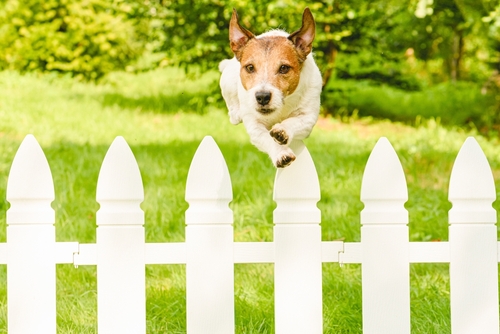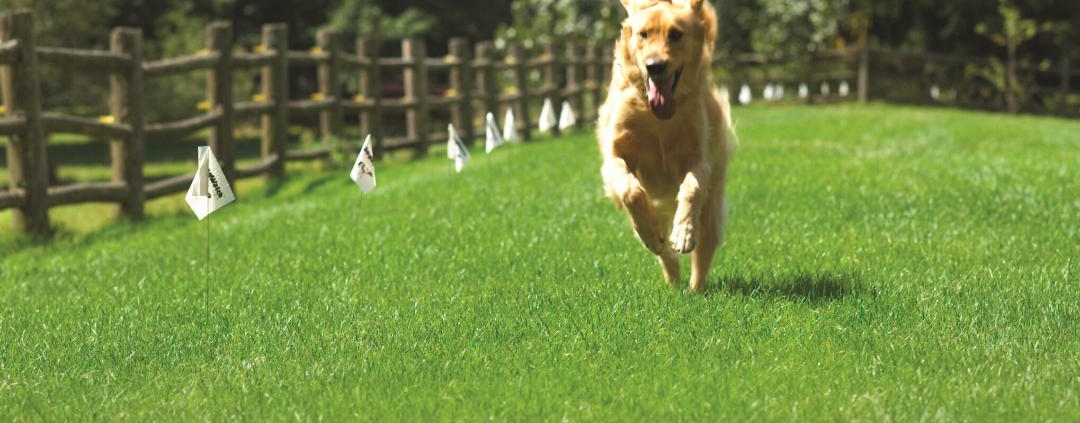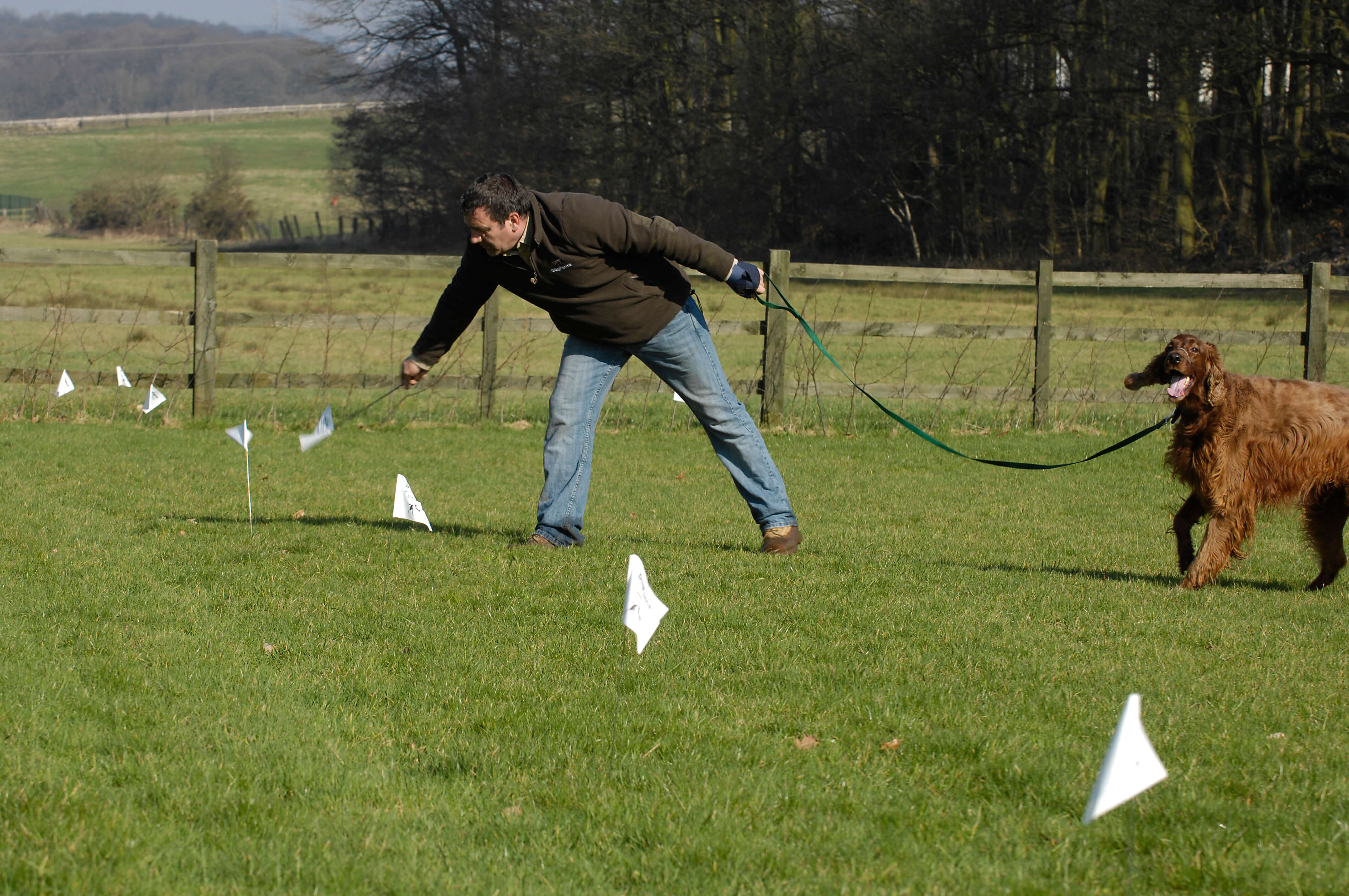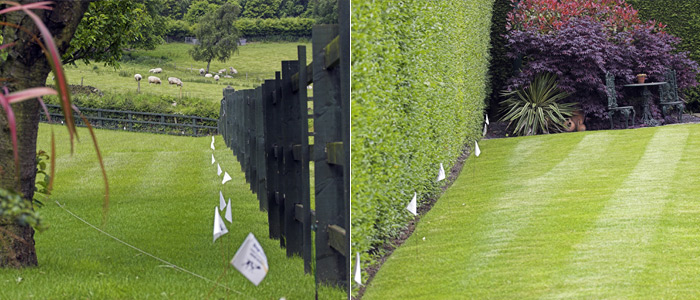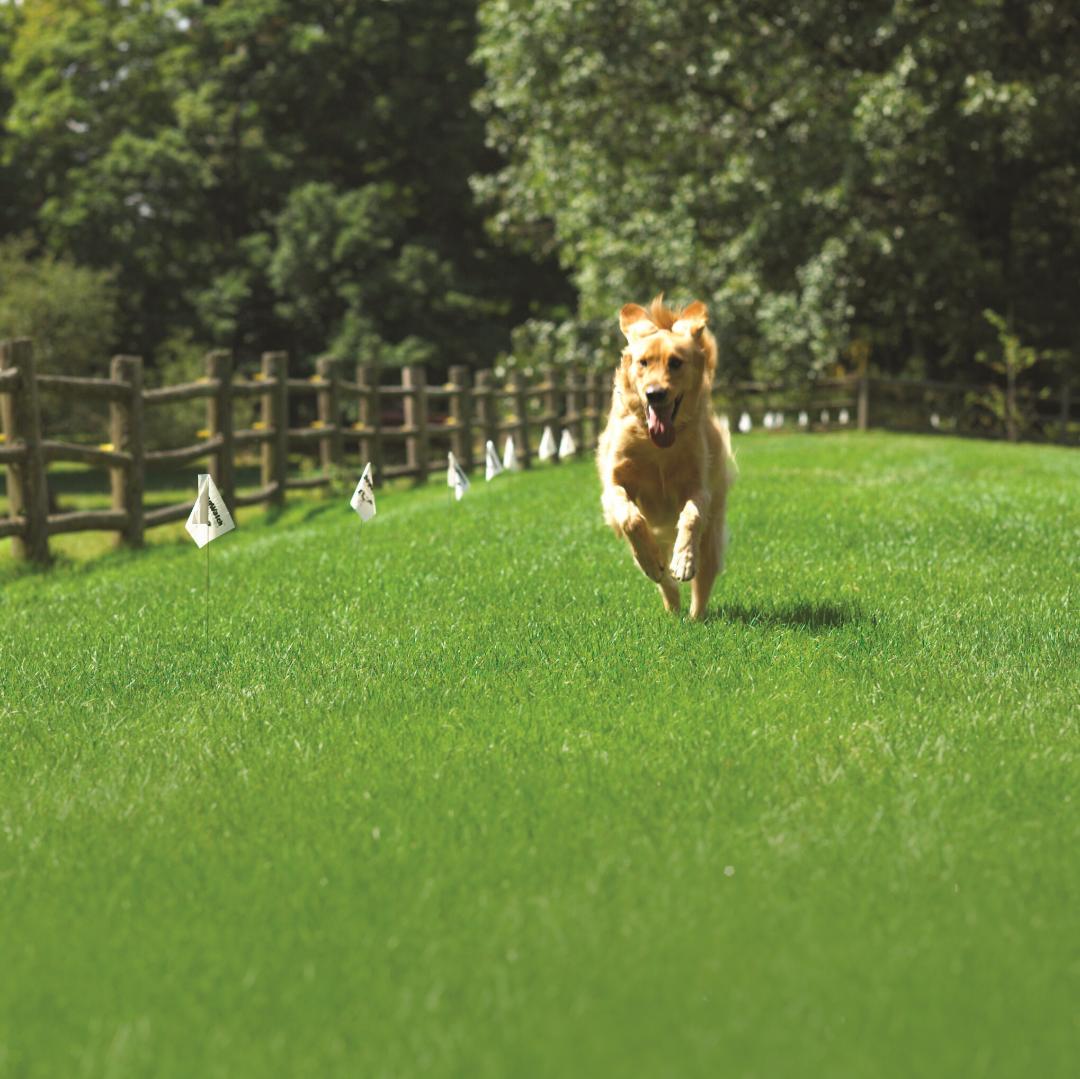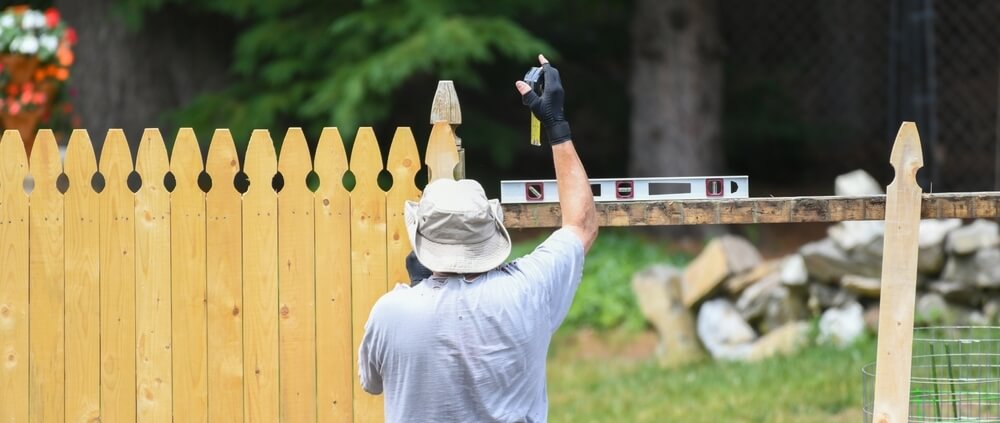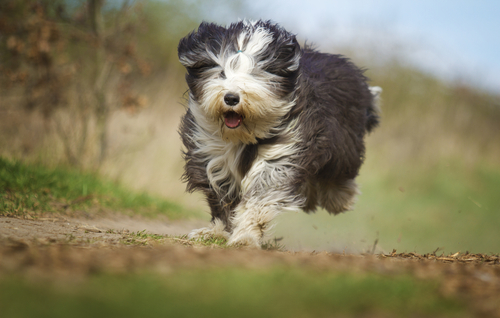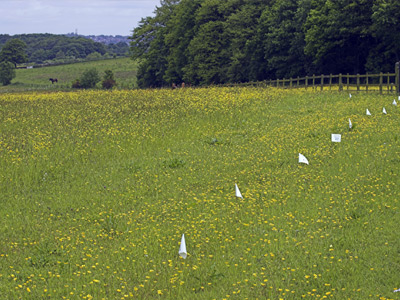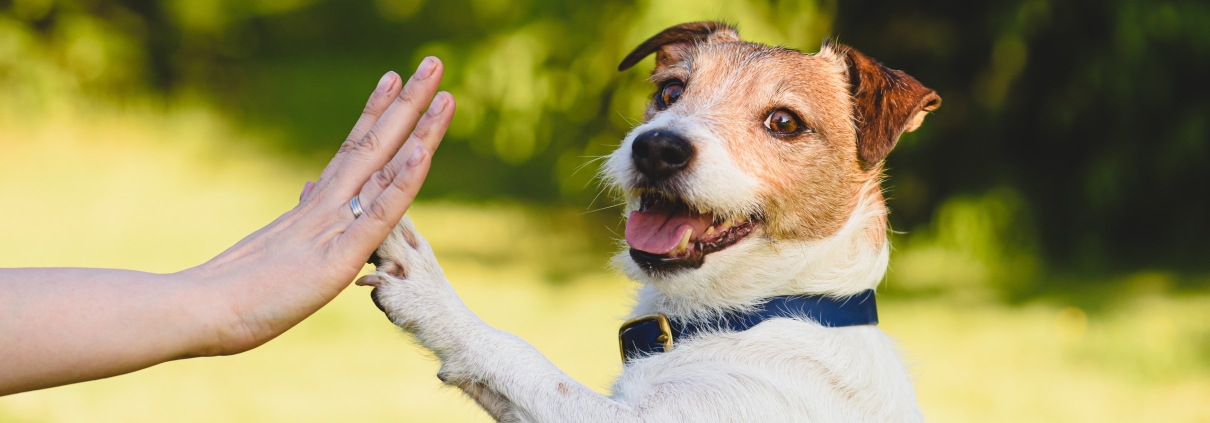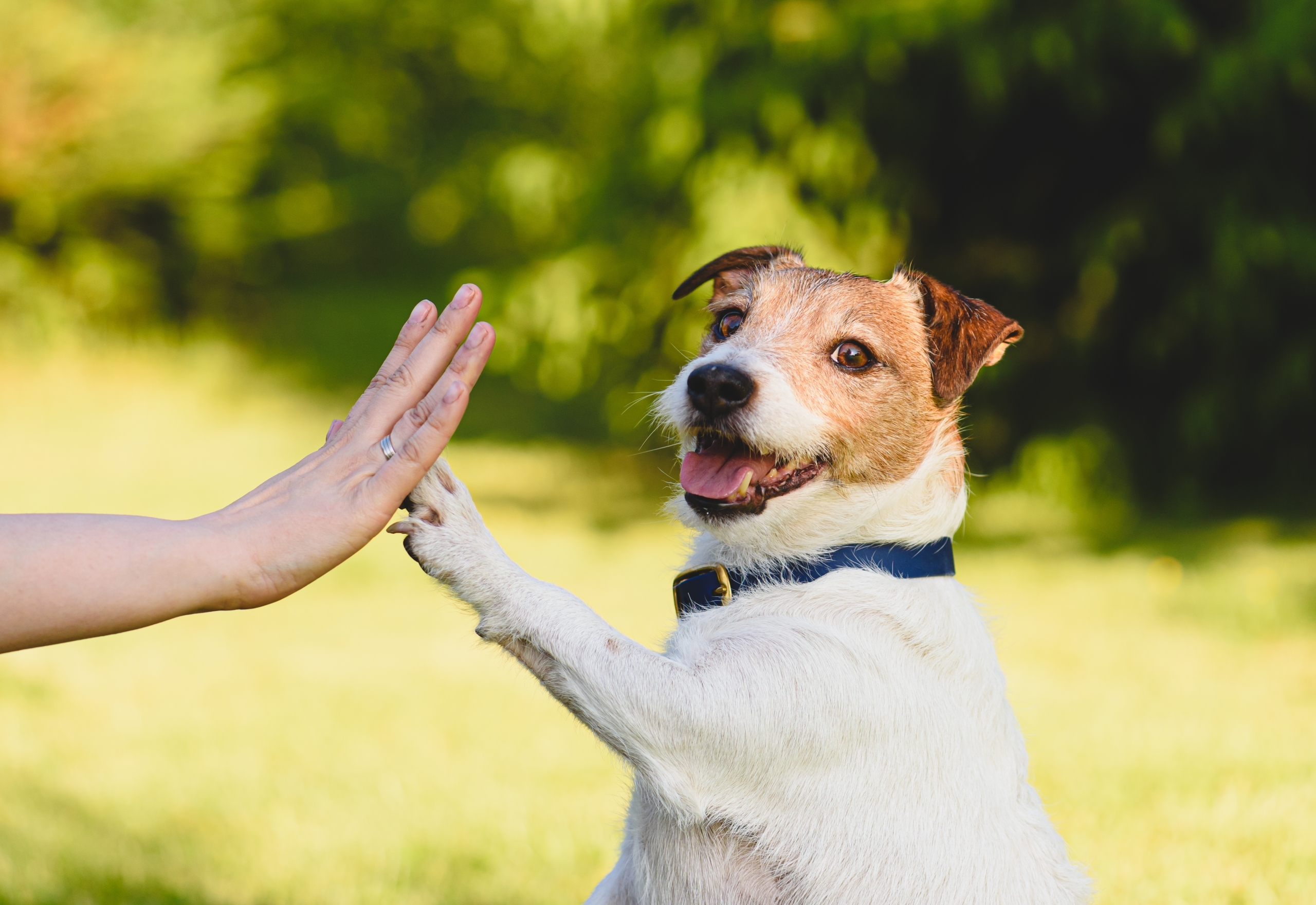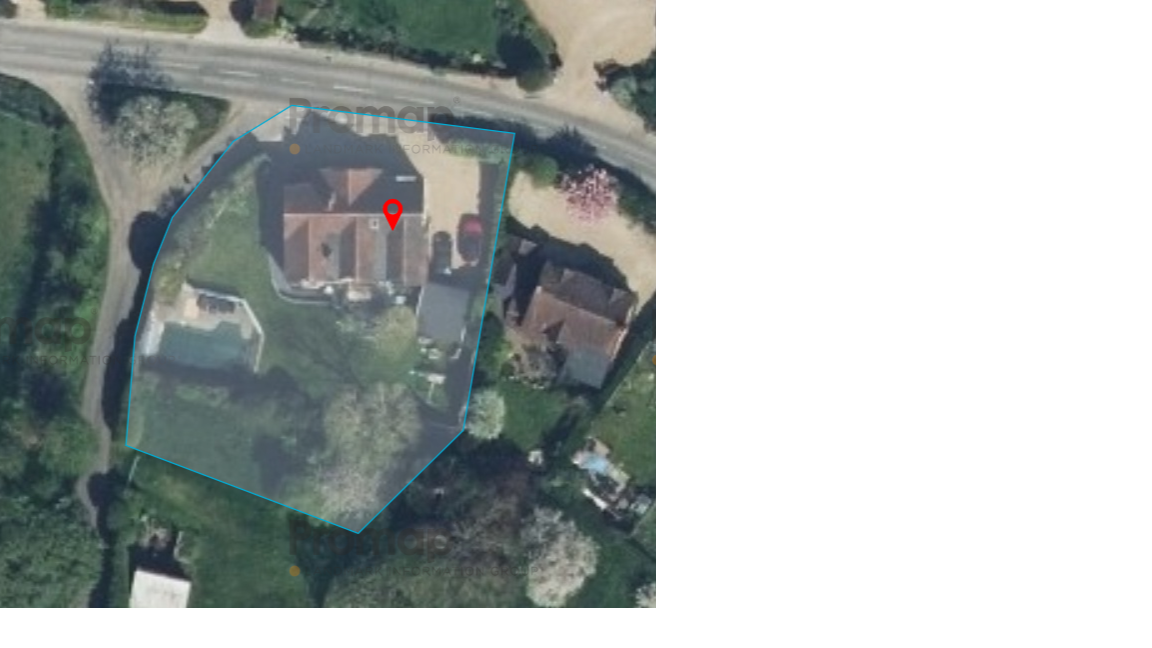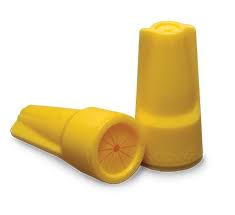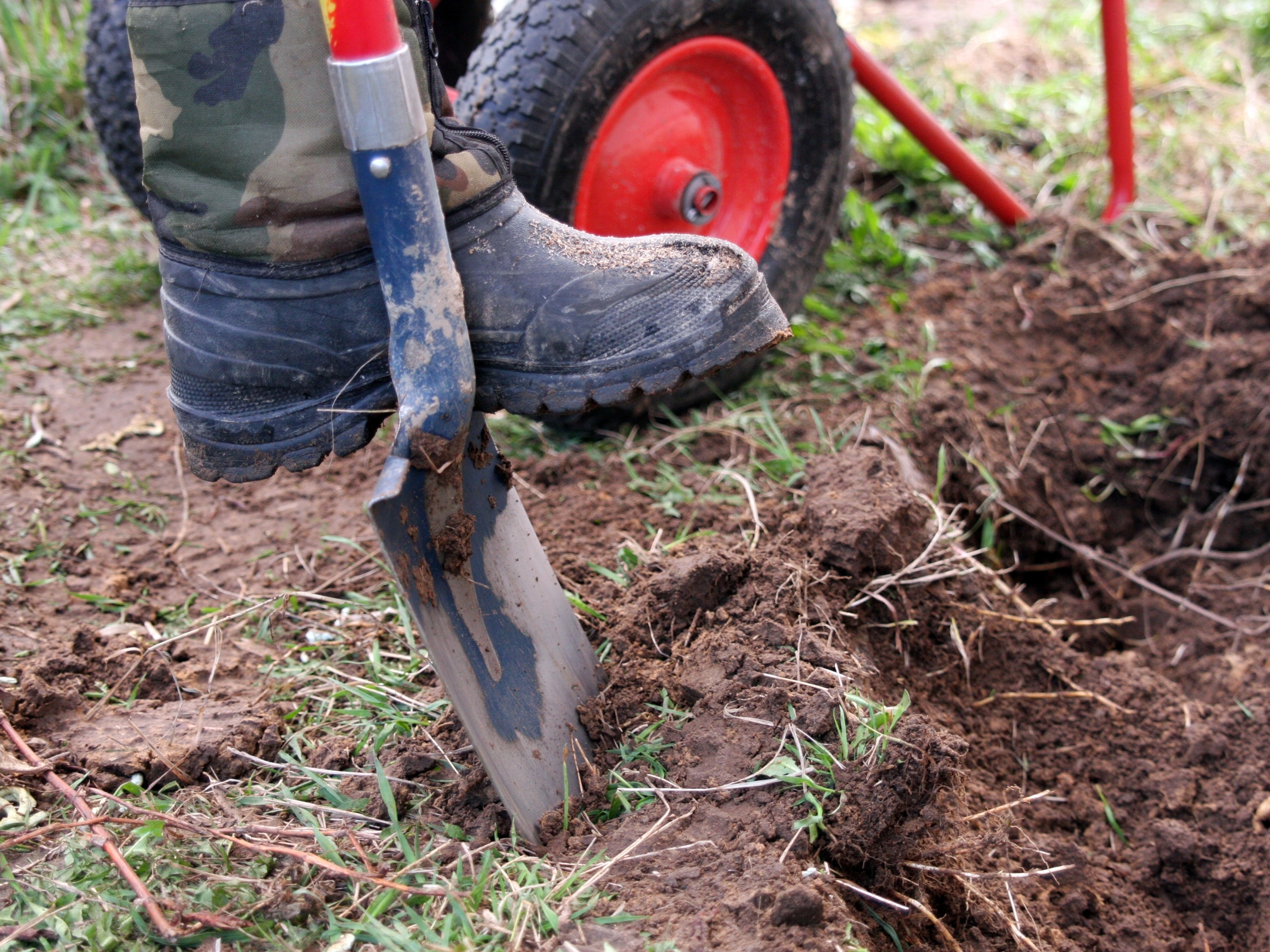Looking at Dog Safety in the Garden During Summer: Beyond Just Containment
Summer in the UK brings longer days, warmer weather, and the perfect opportunity for our canine companions to enjoy the garden. Lets look beyond containment and consider complete dog safety in the garden. While an effective containment system like a DogFence is paramount for preventing escapes and keeping your dog secure within your property, true summer garden safety goes far beyond just keeping them in.
As temperatures rise and garden activities change, new hazards can emerge. From overheating risks to hidden toxins and even summer storms, ensuring your dog’s well-being requires a proactive approach. Let’s delve into how you can make your garden a truly safe and enjoyable summer haven for your beloved pet.
Beyond Basic Containment: Why Summer Garden Safety Matters
Your garden is your dog’s immediate outdoor world. It’s where they play, relax, and explore. In summer, this space transforms, introducing unique challenges that traditional fences alone cannot address. While a solid physical fence or an invisible DogFence system prevents them from straying onto busy roads or worrying livestock, it doesn’t protect them from:
- Heat-related illnesses like heatstroke.
- Ingesting toxic plants or chemicals.
- Injuries from hot surfaces.
- Anxiety during summer thunderstorms or fireworks.
Understanding these additional risks allows you to create a truly safe environment, complementing the security your DogFence already provides.
Top Summer Garden Safety Tips for Dogs
Making your garden summer-ready for your dog involves a few simple, yet crucial, considerations:
1. Hydration is Key: Preventing Heatstroke
Dogs don’t sweat like humans; they pant to cool down. In warm weather, especially with exercise, they can quickly overheat.
- Always Provide Fresh Water: Have multiple bowls of fresh, cool water readily available in different shady spots around the garden. Consider a pet-specific water fountain to encourage drinking.
- Add Ice: On very hot days, adding ice cubes to their water bowl can keep it cool for longer and provide a little extra hydration.
- Recognise Heatstroke Signs: Be vigilant for excessive panting, drooling, lethargy, vomiting, or wobbly movements. If you suspect heatstroke, move your dog to a cool place immediately, offer small amounts of water, apply cool (not cold) water to their fur, and seek urgent veterinary attention. For emergencies, always contact your vet immediately. For general advice on heatstroke, visit the RSPCA’s advice page on pets and hot weather.
2. Shady Spots & Cool Retreats
Even on mild days, direct sun can be too much for dogs.
- Create Ample Shade: Ensure there are always areas of deep shade available. This could be from trees, awnings, parasols, or a purpose-built dog kennel or shade sail.
- Cooling Beds/Mats: Consider placing a cooling mat or a damp towel in a shady spot where your dog can lie down.
- Avoid Peak Heat: Limit intense play or exercise during the hottest parts of the day (usually 11 am – 3 pm).
3. Paw Protection from Hot Surfaces
Pavements, patios, and even artificial grass can reach extreme temperatures, burning your dog’s paw pads.
- The “Five-Second Rule”: Place the back of your hand on the surface for five seconds. If it’s too hot for your hand, it’s too hot for their paws.
- Grass is Cooler: Encourage your dog to stay on grassy areas.
- Paw Balm: Consider applying a paw balm regularly to keep pads moisturised and less prone to cracking.
4. Garden Hazards: Plants, Chemicals & Pests
Summer gardens are full of potential dangers.
- Toxic Plants: Many common garden plants are toxic to dogs (e.g., lilies, foxgloves, azaleas, rhododendrons). Familiarise yourself with them and remove or fence off any dangerous ones. A comprehensive list can be found on the PDSA’s poisonous plants for dogs guide.
- Pesticides & Fertilisers: Always store garden chemicals securely and read labels carefully. Avoid using them when your dog is in the garden, and ensure any treated areas are dry and safe before allowing access.
- Pest Control: Be mindful of slug pellets, ant killers, and rodenticides. Opt for pet-safe alternatives whenever possible.
- Insects: Be aware of bee and wasp stings. While usually not severe, multiple stings or stings in the mouth/throat require veterinary attention.
5. Water Safety (Ponds, Pools, etc.) Essential Dog Safety in the Garden
If you have water features, ensure they are safe.
- Secure Access: Ensure ponds or pools are securely fenced or have clear, easy-to-use exits for your dog to get out if they fall in.
- Supervision: Always supervise your dog around water, even if they are strong swimmers.
- Fresh Water Over Pool Water: Don’t let your dog drink chlorinated pool water or stagnant pond water, as these can cause stomach upset or illness. If you have a swimming pool we can add in an inner boundary loop to keep your dog out of the swimming pool.
-
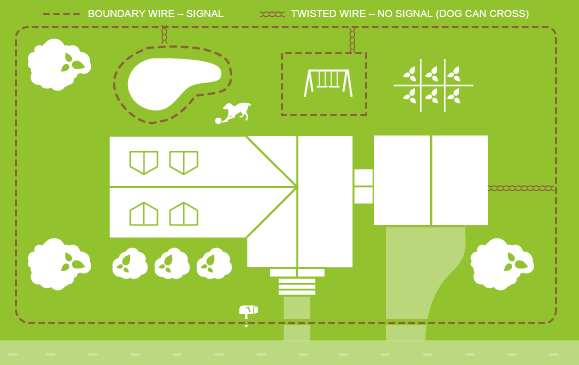
Pool and Playground excluded
6. Thunderstorms & Fireworks: Managing Noise Phobias
Summer often brings thunderstorms and fireworks displays, which can be terrifying for many dogs.
- Safe Retreat: Ensure your dog has a designated “safe space” indoors where they can retreat during loud noises. This could be a crate covered with a blanket, a quiet room, or even under a bed.
- Desensitisation: For severe phobias, consult with a behaviourist about desensitisation and counter-conditioning techniques well in advance.
- Security: This is where containment is key! A frightened dog is much more likely to try to escape. Your DogFence system ensures they remain securely within your property, even if they are distressed by noise.
Dog Fence Safety Tips: Keeping Your Pet Secure Without Compromise
When it comes to keeping your dog safe in the garden, not all fences are created equal. Our hidden dog fence systems are designed with your pet’s welfare in mind, but like any safety product, they must be used correctly. Here are some essential dog fence safety tips to ensure your system remains effective and humane for years to come.
✔️ Check the Collar Fit Weekly
The receiver collar should be snug enough to make contact with your dog’s skin but not so tight it causes discomfort. As your pet grows or their coat changes, adjust the fit regularly to maintain performance and prevent rubbing.
✔️ Replace Batteries or Recharge Promptly
Low batteries are one of the most common causes of containment failure. Check the battery status indicator weekly and follow the recommended replacement cycle for your collar model. Some systems offer long-life batteries lasting up to 2 years.
✔️ Reinforce Training with Praise
Initial training is key to success. Use positive reinforcement techniques—such as treats, toys, or praise—alongside the system’s warnings to help your dog learn the boundaries quickly and confidently.
✔️ Test the System Monthly
Walk the boundary with the test light tool on the collar to ensure the signal is active. If you notice any dead spots, contact our team for support—especially after heavy landscaping or construction work near the boundary wire.
✔️ Avoid Interference
Keep the boundary wire clear of metal structures, power cables, or electric gates where possible. These can sometimes affect signal strength or create inconsistent correction zones.
✔️ Don’t Leave the Collar on 24/7
For your dog’s comfort and skin health, we recommend removing the collar overnight or for several hours each day. This also gives you a chance to inspect the collar for wear and tear.
✔️ Choose Professional Installation for Large or Complex Gardens
DIY kits can be effective for small properties, but if your garden is over an acre or contains slopes, woods, or unusual terrain, we highly recommend professional installation to ensure maximum safety and reliability.
Are Electronic Dog Fences Safe?
Electronic dog fences are often misunderstood, but when properly installed and combined with training, they are a safe and effective way to keep pets secure. As highlighted by VetStreet’s veterinary overview, these systems are designed to offer a gentle correction — not a painful shock. With professional setup, boundary training, and regular maintenance, a hidden fence can be a reliable solution for preventing escape while keeping your garden open and uncluttered.
Yes – when used as intended and combined with proper training, electronic dog fences are a safe, vet-approved solution for pet containment. According to VetStreet, the correction is described as a “tap-tap prickle,” not a painful shock. It’s enough to get your dog’s attention without causing harm, and dogs quickly learn to stay within their safe zone.
Want more tips or expert help choosing the right system? Visit our DogFence Systems page or request a quote and we’ll guide you through every step.
How Your DogFence System Enhances Summer Safety
While you manage the internal garden hazards, your DogFence system provides the crucial outer layer of protection, especially vital during the distractions of summer.
- Prevents Heat-Driven Wandering: A restless dog seeking a cooler spot might wander off if not contained. Your DogFence keeps them within your property, even if they’re exploring shady corners.
- Escape Prevention During Noise Phobias: When fireworks crackle or thunder rolls, a terrified dog might try to bolt. Your DogFence provides a secure boundary, preventing them from running into traffic or getting lost in a panic.
- Containment During Garden Maintenance: It allows you to safely keep your dog out of recently treated areas, or away from newly planted toxic plants, giving you full control over their movement.
- Confidence in Play: Knowing your dog is safely contained by the invisible boundary allows for more relaxed playtime and enjoyment of your garden together.
- Browse Our Dog Fence Systems to find your perfect fit.
Proper use of a hidden fence system plays a big part in overall dog safety in the garden. As these systems are invisible, they maintain your view while still keeping your pet secure. Below is a great example of how dog fence safety tips help ensure long-term success and peace of mind.

This dog is safely enjoying the garden thanks to simple but effective dog fence safety tips.
Hear From Our Happy Customers: Summer Safety Success Stories
Don’t just take our word for it! Our customers consistently highlight how DogFence systems provide unparalleled safety and freedom, especially during busy seasons like summer. We have provided dog safety in the garden to over 20,000 pets.
“Our golden retriever, Max, absolutely loves summer in the garden, but he’s a bit of an explorer. Before DogFence, we were constantly worried he’d wander off looking for shade or chasing a butterfly. Now, with his perfectly fitted collar, he enjoys full freedom and we know he’s safe, even when we’re busy with the BBQ. It’s been a game-changer!” — Sarah L., DogFence Customer (5-star review via Trustpilot)
“My terrier used to try and dig under the gate every time a new scent came from next door. With summer bringing more smells and activity, I was dreading it. DogFence stopped him dead in his tracks. He now respects the boundary and stays safely within our garden. Best investment for summer peace of mind!” — David R., DogFence Customer
Frequently Asked Questions About Summer Dog Safety in the Garden
Q1: Can my dog get too hot in a DogFence collar?
A1: The collar itself does not generate heat. Ensure it is correctly fitted – snug enough for contact but not overly tight. Always ensure your dog has plenty of shade and water, and avoid using the garden (or exercising) during the hottest parts of the day.
Q2: Will thunderstorms affect my DogFence system?
A2: A professional DogFence system is designed to be robust. While lightning strikes can potentially affect electronics (as with any household appliance), the system itself won’t be directly impacted by the sound of thunder. The key benefit here is that the fence will continue to contain your dog, preventing them from escaping due to fear. Plus all our DogWatch Systems are fitted with a lightning & surge protection unit to ensure that strays signals do not enter your house and cause damage.
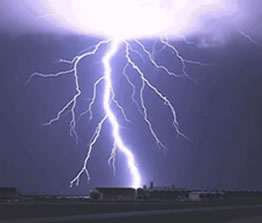
Our fences are fitted with Lightning and Surge Protection.
Q3: What if my dog eats something toxic in the garden?
A3: While your DogFence keeps them in the garden, it doesn’t prevent ingestion. You must actively remove toxic plants and secure chemicals. If you suspect your dog has ingested something harmful, contact your vet immediately and provide them with as much information as possible about what they might have eaten.
Q4: How can I tell if my dog’s paws are getting too hot?
A4: Use the “five-second rule” on pavements and patios. Also, look for signs like excessive licking of paws, limping, reluctance to walk, or visible blisters/redness on the pads. If you see any signs, move them to a cool surface and check their paws thoroughly.
Q5: Is it safe to leave my dog unattended in the garden with an electronic fence during summer?
A5: While a DogFence provides excellent containment, dogs should never be left entirely unattended for extended periods, especially in summer. Regular checks are essential to ensure they have access to water, shade, and aren’t showing signs of overheating or distress. For detailed guidance on proper training and supervision, please see our Dog Fence Troubleshooting page.
Secure Their Summer: Give Your Dog the Ultimate Garden Freedom (Safely!)
Ensuring your dog’s safety in the summer garden involves more than just a physical barrier. It’s about providing a safe, comfortable, and hazard-free environment where they can truly thrive. By combining vigilant care with the reliable containment of a DogFence system, you can give your dog the freedom they crave, while enjoying complete peace of mind all summer long.
Ready to enhance your dog’s garden safety this summer?
Call us today to discuss your needs: 01628 476475
Prefer to email? Reach us at info@dogfence.co.uk
If you want to read more about how to dog fence safety tips read here:
